CIRCULAR HUB AND BIOBASED LOCATION OF NORTHWEST EUROPE
Zeehavenkanaal
Oosterhornhaven
Handelshaven
Farmsumerhaven
Sea locks
Delfzijl
Industrial port
Around 15% of all the chemical products that are produced in the Netherlands come from Delfzijl. After the discovery of gas and salt in the region in the 1950s, Delfzijl became an industrial port with a strong chemical cluster.
The chemical companies are linked in a chain and use each other’s products. With the green energy mix provided by wind turbines, biomass and hydropower, and the opportunities offered by the agricultural hinterland, Delfzijl is becoming the biobased location in North-West Europe. Waste is used increasingly as a raw material for the chemical sector or is turned into energy. The circular economy plays an important role in Delfzijl, which is rapidly turning into the perfect location for the recycling and waste industry.
Port of Delfzijl
The port of Delfzijl consists of an outer basin and an inner basin. Handelshaven is the logistic heart of the port area and is located near the old city centre of Delfzijl. The eastern part of this port is destined for professional shipping and the western part for recreational shipping.
Handelshaven is accessed via the 6km long Zeehavenkanaal. The north side of this canal consists of a breakwater, where 14 of Delfzijl’s total of 19 wind turbines generate green energy. To its south there are various loading and unloading facilities for the purpose of transhipping chemical products or raw materials for the chemical industry.
Facts & figures
- Transhipment 4,750,015 tonnes (2023)
- Surface area: 1,478 hectares
- Available: 305 hectares
- Quay length: 850 metres
- Draught of seaport: 9 metres
- Depth of inner basins: 5 metres
- 15% of total Dutch chemical production

